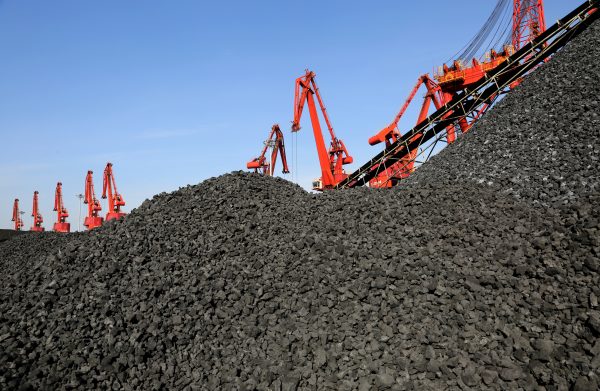China is an important part of this puzzle. It is not only the largest coal user but has also been a major financier of coal power plants abroad, particularly through the Belt and Road Initiative (BRI). This is despite the Paris Agreement stating that finance flows should be ‘consistent with a pathway towards low greenhouse gas emissions’.
President Xi Jinping recently pledged that China would stop building coal plants abroad. While this announcement deserves praise, it remains unclear if Xi was referring to finance as well as construction and when this moratorium would be enacted. The withdrawal of China from coal financing could substantially accelerate the global coal phase-out.
Chinese actors enable a significant amount of overseas coal development, especially through public lending and the export of equipment and services. Estimates of China’s share in international coal finance range from 13 per cent to 72 per cent, depending on how contributions by commercial banks, development banks, foreign direct investment and loans are accounted.
If Chinese banks immediately withdrew from coal projects, a substantial amount of carbon dioxide emissions could be avoided. The expected lifetime emissions of all planned units with financial support from Chinese banks are estimated to amount to at least 8 gigatons of carbon dioxide, more than ten times Germany’s annual total emissions. This could be avoided if the banks withdrew from the projects immediately. The withdrawal of Chinese financers could lead to the cancellation of the project and therefore the estimation only takes units into account where construction has not yet begun.
The estimation considers units receiving finance — mostly loans — from China’s two policy banks as well as state-owned commercial banks. The actual emissions that could have been enabled by Chinese financing are most likely even higher than 8 gigatons of carbon dioxide because, for a large share of the planned units, the financers are not yet stated in the data.
Even before Xi’s announcement, a Chinese withdrawal was not implausible, as proven by Chinese actors having withdrawn from running coal projects before. Examples of this are the withdrawal from the Sengwa coal power plant in Zimbabwe and the Lamu coal power plant in Kenya. Reasons can be found both within China (push factors) and in host countries (pull factors).
Push factors for China to invest in coal include the geopolitical goals of the BRI and the close ties of financing with the export of equipment and services to provide business opportunities for the domestic industry to go abroad. The strategic goals of the BRI could theoretically also be achieved by other types of infrastructure investments. However, financing of coal plants does not necessarily follow a top-down strategy and is often decided on a case-by-case basis.
Host countries play a strong and often underappreciated role in approaching China with concrete coal project proposals. Changing priorities in host countries, including international and domestic civil society pressure to not build new coal, might tip the balance towards different types of capacity investments. Yet, in many cases, a complex composite of political economy reasons stabilises countries’ ambitions to invest in new coal projects.
Prior to Xi’s announcement, many countries and institutions had announced plans to withdraw from coal financing such as South Korea and the G7 members countries. The COVID-19 pandemic also saw many low and middle-income countries reconsidered their plans to build coal due to a slump in energy demand. Once the energy demand accelerates again, it remains to be seen whether previous reasons for those countries to seek finance for coal, including reliable baseload capacity at relatively low costs, still hold true. Renewable energy may have become more financially attractive for these fast-growing, energy-hungry countries.
The full withdrawal of Chinese finance for planned coal plants could avoid over 8 gigatons of carbon dioxide emissions if replaced by clean alternatives and begun as quickly as possible. With an increasing need to mitigate climate change, two questions remain. First, when exactly will China withdraw from coal projects and will this be applicable for already planned projects? Second, what will be the alternative? To ensure that the goals of the Paris Agreement can still be achieved, it will be important to re-channel coal investments into non-emitting alternatives.
Niccolò Manych is a PhD candidate at the Technical University of Berlin and a PhD Researcher at the Mercator Research Institute on Global Commons and Climate Change, Berlin.
Cecilia Han Springer is senior researcher at the Global Development Policy Center, Boston University.
Michael Jakob is Fellow at the Mercator Research Institute on Global Commons and Climate Change, Berlin.
Jan Christoph Steckel is head of the Climate and Development Working Group at the Mercator Research Institute on Global Commons and Climate Change, Berlin.

